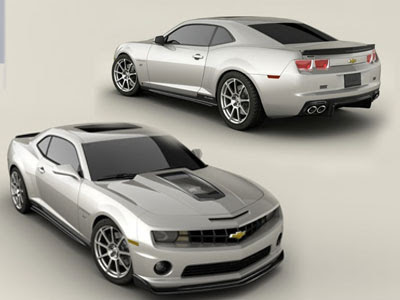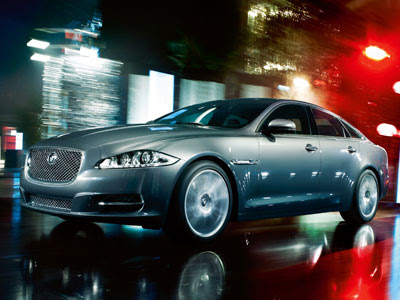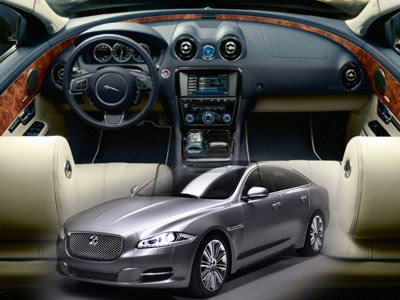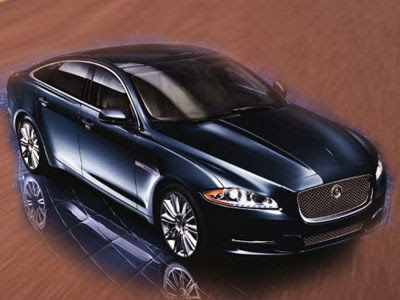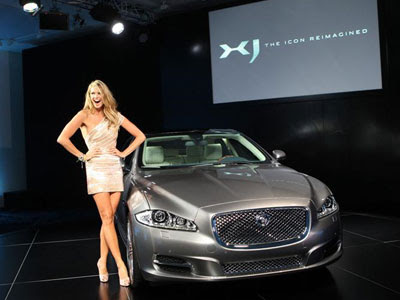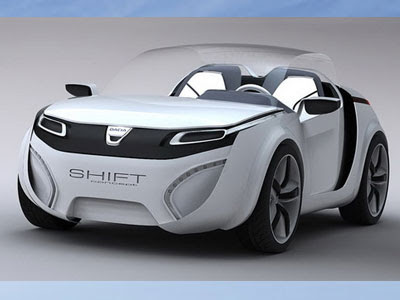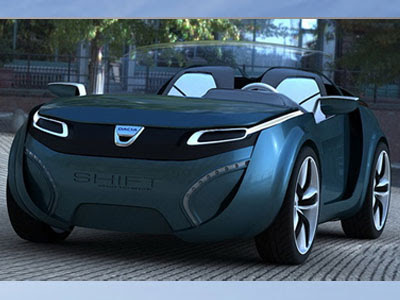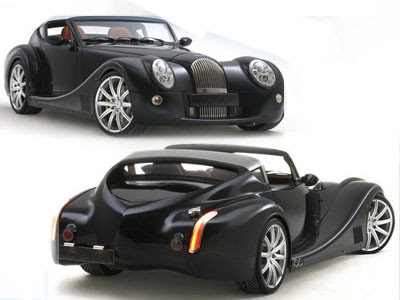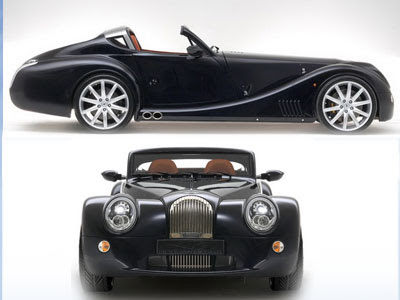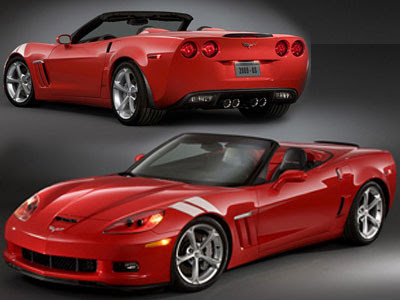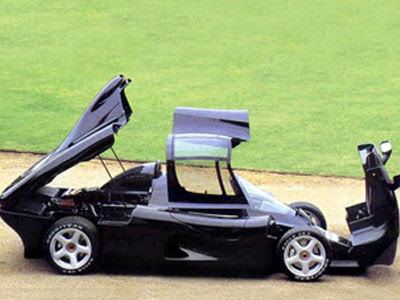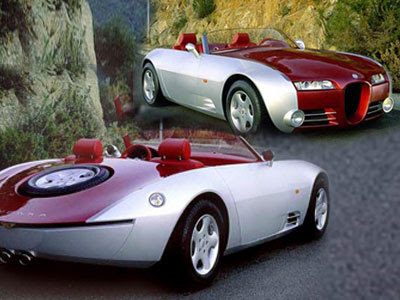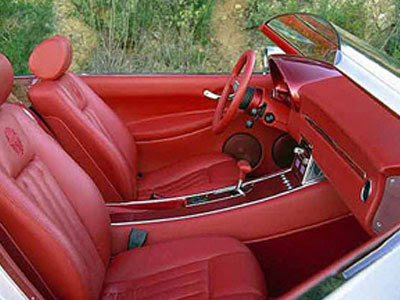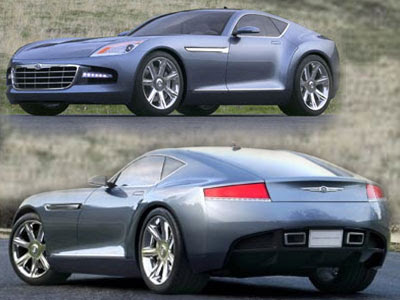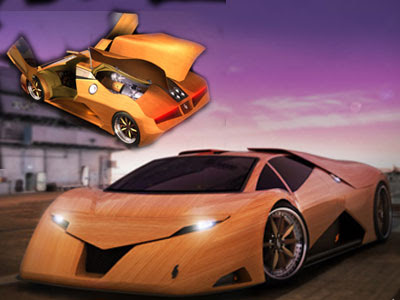Camaros seem to be a favorite inspiration at the SEMA Show. Already, we’ve made a note to view the Camaro variations from Hurst, Lingenfelter, and Yenko.
Another one comes from Hendrick Motorsports, which is celebrating its 25th anniversary. Hendrick will be rolling out 25 of these fully loaded SS Camaros, with each having a price tag of $76,181.
Hendrick Motorsports, a NASCAR racing organization has commissioned Callaway Cars to develop and build a limited edition run of Hendrick Motorsports 25th Anniversary 2010 Camaro SS vehicles. The 25th anniversary Camaro will include a host of engine, body and interior modifications.
Under the hood power hasbeen increased from 426 to 582 by way of Callaway's Eaton TVS series supercharger, high-flow air filtration system, low-restriction exhaust system and engine tune.
Keeping the power firmly mounted to the road is a set of new Callaway wheels.This very exclusive Hendrick Motorsports vehicle is pricey but there are bound to be enthusiasts willing to part with their cash for this collector’s item.If you’re interested, these cars can be purchased through Jimmie Johnson Chevrolet in San Diego, Calif. or at one of three Hendrick Chevrolet dealerships.
The limited edition model will be tagged inside and out with 25th Anniversary badges for the silver Camaro SS. The 25 cars will be made available for sale after the SEMA show through Jimmie Johnson Chevrolet of San Diego, California and three Hendrick Chevrolet dealerships in North Carolina, Georgia and Kansas.
Another one comes from Hendrick Motorsports, which is celebrating its 25th anniversary. Hendrick will be rolling out 25 of these fully loaded SS Camaros, with each having a price tag of $76,181.
Hendrick Motorsports, a NASCAR racing organization has commissioned Callaway Cars to develop and build a limited edition run of Hendrick Motorsports 25th Anniversary 2010 Camaro SS vehicles. The 25th anniversary Camaro will include a host of engine, body and interior modifications.
Under the hood power hasbeen increased from 426 to 582 by way of Callaway's Eaton TVS series supercharger, high-flow air filtration system, low-restriction exhaust system and engine tune.

Hendrick Motorsports 25th Anniversary Chevrolet Camaro SS
Will come with 582 bhp and do the 0 to 60 mph sprint in 3.9 seconds. The additional horses coming by way of an Eaton TVS supercharger along
with some engine management tuning as well as a new air filter and sport exhaust system.The suspension has also been upgraded with Callaway coil springs,shock absorbers and anti-roll bars. Keeping the power firmly mounted to the road is a set of new Callaway wheels.The suspension has also been upgraded with Callaway coil springs, shock absorbers and anti-roll bars.
with some engine management tuning as well as a new air filter and sport exhaust system.The suspension has also been upgraded with Callaway coil springs,shock absorbers and anti-roll bars. Keeping the power firmly mounted to the road is a set of new Callaway wheels.The suspension has also been upgraded with Callaway coil springs, shock absorbers and anti-roll bars.
Keeping the power firmly mounted to the road is a set of new Callaway wheels.This very exclusive Hendrick Motorsports vehicle is pricey but there are bound to be enthusiasts willing to part with their cash for this collector’s item.
The limited edition model will be tagged inside and out with 25th Anniversary badges for the silver Camaro SS. The 25 cars will be made available for sale after the SEMA show through Jimmie Johnson Chevrolet of San Diego, California and three Hendrick Chevrolet dealerships in North Carolina, Georgia and Kansas.
